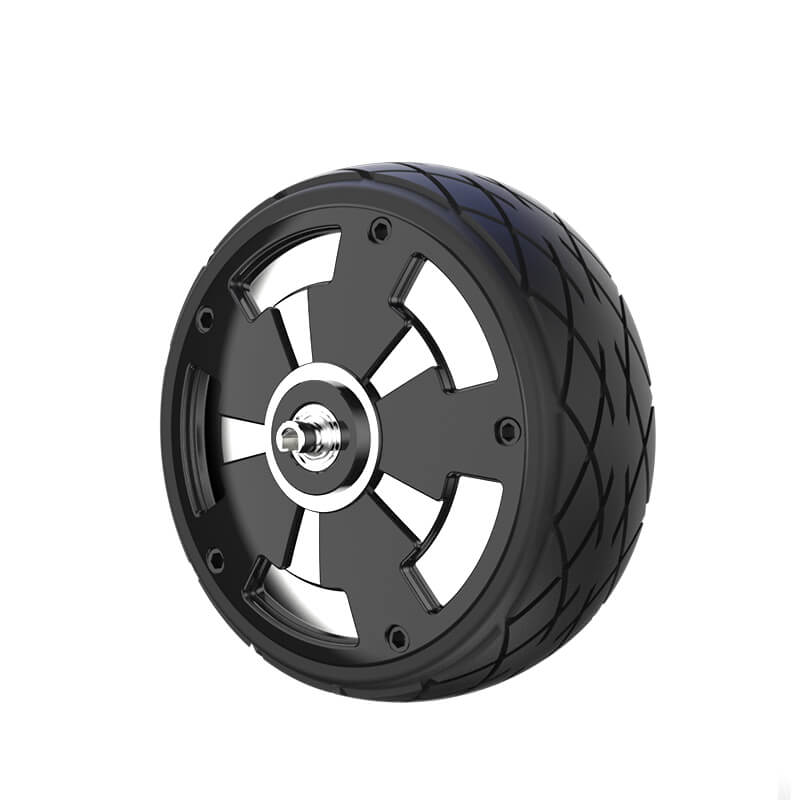Unleashing Power and Precision: The Ultimate Guide to MG996R High Torque Servo Motor
In the world of robotics, remote-controlled vehicles, and DIY automation, few components have captured the enthusiasm of hobbyists and professionals alike quite like the servo motor. Among the myriad options available, the MG996R high torque servo motor stands out as an exemplary choice for those seeking both strength and finesse in their projects. Its reputation for delivering impressive torque, consistent performance, and ease of integration makes it a favorite across various domains.

What Makes the MG996R Stand Out?
At its core, the MG996R is a servo motor designed for applications requiring substantial force and precise control. Unlike standard hobby servos, which are often limited in power and range, the MG996R boasts a robust construction and a high-performance gear system that translates into higher torque output—up to 11 kg/cm at 6V, to be exact. This enormous strength allows it to handle demanding tasks, whether controlling robotic arms, steering RC cars, or building complex automation systems.
But it’s not just its raw power that garners admiration. The MG996R also offers a smooth and responsive rotation, with a typical operational range of approximately 0° to 180°, ensuring that users can achieve fine-grained control over their projects. This combination of torque and precision forms the foundation of its widespread popularity.
Design & Build Quality
Durability is a crucial factor when choosing a servo motor, and the MG996R excels here. It is generally encased in a sturdy metal housing, which provides excellent protection against mechanical shocks and environmental factors—making it suitable for outdoor use or rugged setups. Inside, the servo features a high-quality gear train, often reinforced with metal gears, to withstand high torque loads without stripping or breaking.
The internal motor is a coreless or brushed DC motor, optimized for quick response and steady performance. The design emphasizes minimizing backlash and gear play, contributing to more accurate positioning—a vital trait for sensitive robotic applications or precise movements.
Power and Compatibility
The MG996R operates on a standard voltage range of about 4.8V to 7.2V, with 6V being the typical operating point. It is compatible with a wide array of controllers, including popular microcontrollers like Arduino, Raspberry Pi (with appropriate interfaces), and other embedded systems. The servo’s control signal interface is usually a standard PWM (pulse width modulation), which makes integration straightforward for most hobbyists and engineers.
A key feature is the servo's current draw—during peak load, it can draw up to 2.5A, so proper power supply considerations are essential. Using a dedicated, regulated power source helps avoid voltage drops that could impair performance or damage the servo.
Applications Galore
The versatility of the MG996R is truly impressive. Advanced hobbyists use it to create humanoid robots capable of complex gestures, while RC enthusiasts rely on it for steering mechanisms that demand the utmost strength. In education, it serves as a perfect demonstration of how power and control intertwine in engineering principles. Additionally, its affordability makes it accessible for a broad audience—from students prototyping ideas to seasoned engineers developing prototype machinery.
Why Choose MG996R Over Other Servos?
While there are other high-torque servos on the market, the MG996R offers an excellent balance of affordability, performance, and durability. Its metal gear train not only prolongs operational lifespan but also provides smoother motion under load. Its torque capacity surpasses many competitors, giving designers more room to innovate without worrying about servo burnout during demanding tasks.
Furthermore, the extensive community support and abundant tutorials associated with the MG996R make it easier to troubleshoot, customize, and optimize for specific projects. Whether tackling a robotics competition or building an automated plant watering system, the MG996R is a dependable partner.
Key Challenges and Considerations
Of course, no component is perfect. The MG996R, being a high-torque servo, tends to be larger and heavier than standard servos. Planning for space and weight distribution is essential, especially in compact robots or drones. Also, its high current draw necessitates robust power management—using a dedicated power supply and proper wiring can prevent performance issues.
Heat dissipation is another factor to keep in mind; during prolonged operation under heavy loads, the servo may generate heat. Attaching heatsinks, ensuring good ventilation, and coordinating duty cycles can mitigate overheating.
Conclusion of Part 1
The MG996R high torque servo motor stands as a testament to how power, performance, and affordability can come together in a single package. Its design lends itself perfectly to a vast array of projects, from hobbyist pursuits to professional prototypes. Understanding its strengths, limitations, and practical usage will empower creators to push the boundaries of what’s possible.
In our next installment, we’ll explore detailed integration tips, real-world case studies, maintenance advice, and innovative project ideas that harness the raw power of the MG996R. Stay tuned as we delve deeper into this remarkable motor’s capabilities and inspire your next creation.
Ready for part two?
Leveraging innovations in modular drive technology, Kpower integrates high-performance motors, precision reducers, and multi-protocol control systems to provide efficient and customized smart drive system solutions.




































